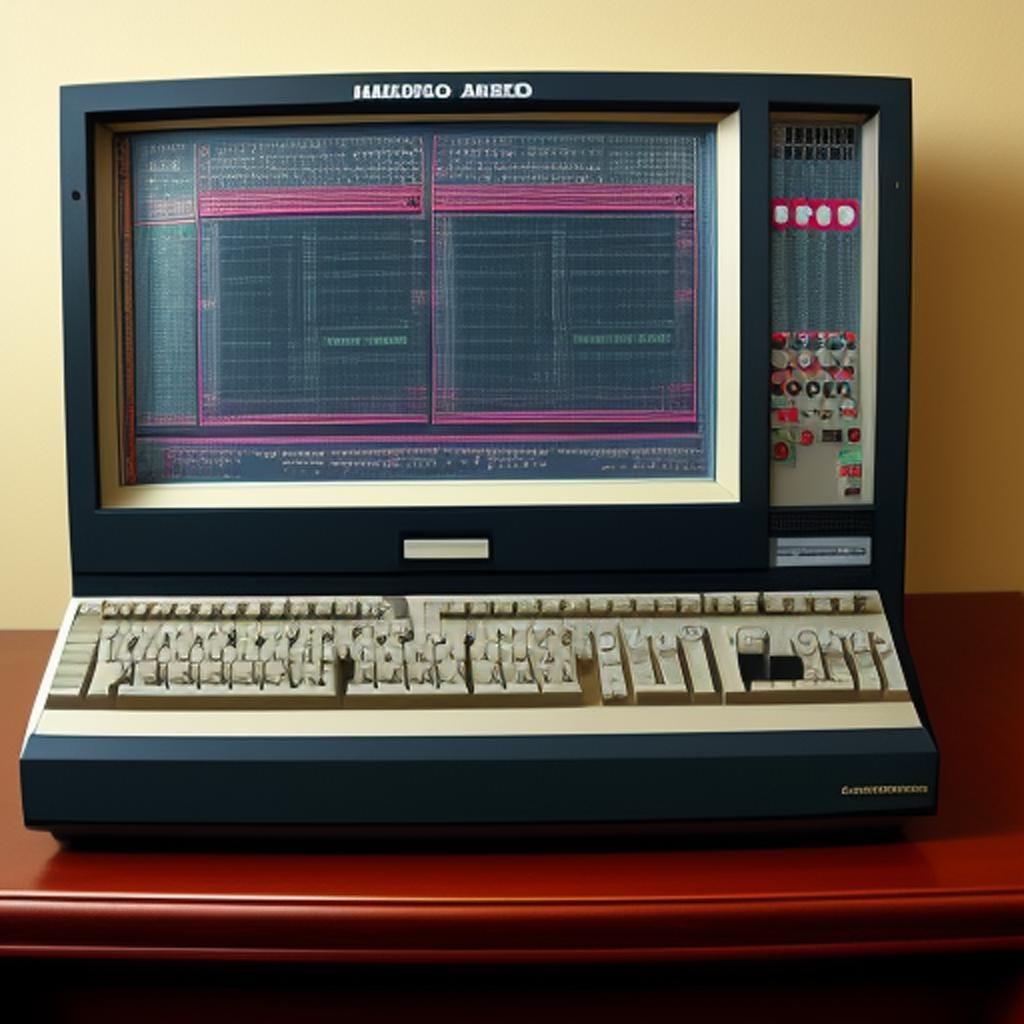Unlocking Potential: The Critical Role of DEI in Shaping Education for All
Introduction: Why DEI Matters in Today’s Classrooms
Diversity, equity, and inclusion (DEI) are more than just buzzwords in education-they are foundational principles that shape how students learn, interact, and succeed. As classrooms become increasingly diverse, embracing DEI is essential for preparing students not only for academic achievement, but for thriving in a multicultural, interconnected world. This article explores the importance of DEI in education, examines its benefits and challenges, and offers actionable guidance for implementing inclusive practices.
The Core Benefits of DEI in Education
DEI initiatives in education foster environments where all students can thrive, regardless of background, ability, or identity. These efforts are designed to address systemic inequalities, promote representation, and create inclusive spaces for learning. Students exposed to diverse perspectives gain a broader understanding of the world, enhancing their critical thinking and empathy [1] . Inclusive education offers:
- Academic Growth: Research shows inclusive classrooms benefit students with and without disabilities, improving performance, engagement, and overall outcomes [2] .
- Social and Emotional Development: Learning alongside diverse peers fosters empathy, reduces bullying, and builds a sense of belonging-qualities that last beyond graduation [3] .
- Preparation for the Workforce: Exposure to varied perspectives prepares students for collaboration and adaptability, skills highly valued in today’s global economy [5] .
- Closing Achievement Gaps: Equitable practices help address systemic barriers, enabling all students-especially those from historically marginalized groups-to succeed [3] .
How DEI Creates Inclusive Learning Environments
Inclusive educational settings are structured to ensure every student feels valued and supported. This is achieved by:
- Curriculum Representation: Incorporating diverse voices and experiences in course materials helps all students see themselves reflected in what they learn, increasing engagement and motivation [1] .
- Differentiated Instruction: Adapting teaching methods to meet varied learning styles and needs ensures equitable access to education for students of all abilities [2] .
- Safe and Supportive Spaces: Establishing policies and practices that protect against discrimination creates a positive school climate, improving student well-being and academic results [3] .
For educators seeking to create such environments, professional development and ongoing training in DEI principles are crucial. Many organizations and universities offer workshops and certifications; you can identify reputable options by searching for “DEI training for educators” and reviewing offerings from accredited institutions.
Practical Steps for Implementing DEI in Schools
Building a truly inclusive educational environment requires commitment at every level-from classroom teachers to administrators and community partners. Consider these actionable strategies:
- Audit Curriculum and Materials: Regularly review textbooks, reading lists, and assignments to ensure representation of diverse voices. This can be done by forming curriculum review committees that include educators, students, and community stakeholders.
- Promote Diverse Role Models: Recruit educators and invite guest speakers from varied backgrounds. Representation among faculty and leadership can inspire students and signal that all voices matter [5] .
- Encourage Student-Led Initiatives: Support student clubs or projects focused on diversity, equity, and inclusion. These initiatives enable students to take ownership of DEI efforts and promote peer-to-peer learning.
- Family and Community Engagement: Involve families and community organizations in school activities. This fosters a broader culture of inclusion and helps schools respond to the needs of their diverse populations.
- Ongoing Professional Development: Provide regular training for staff on topics such as cultural competency, anti-bias education, and inclusive pedagogy. Look for workshops from established educational associations or accredited universities.
If your school or district does not currently have DEI programs, you can advocate for their adoption by presenting research-based evidence of benefits, organizing community forums, and connecting with local education boards.
Overcoming Challenges in DEI Implementation
Despite its benefits, implementing DEI faces real challenges-such as resistance from stakeholders, resource limitations, and deeply rooted systemic biases. Addressing these requires:
- Clear Communication: Articulate the value and evidence behind DEI initiatives to all stakeholders, including parents, teachers, and community members.
- Incremental Progress: Start with small, manageable changes-like introducing diverse literature or hosting cultural awareness events-and build on early successes.
- Data-Driven Decision Making: Use surveys, academic performance data, and feedback to assess progress and adjust strategies as needed.
- Policy Advocacy: Advocate for school, district, or state policies that support funding and resources for DEI efforts. Join professional organizations or parent-teacher associations to amplify your voice.
If you encounter resistance or uncertainty, consider consulting DEI experts or organizations specializing in educational equity. Many national education associations provide resources and guidance for navigating challenges.
Alternative Approaches and Additional Resources
DEI is not a one-size-fits-all solution; schools may tailor their approaches based on local needs and resources. Alternatives include:

Source: digitalbloggers.com
- Universal Design for Learning (UDL): This framework guides educators to design flexible learning environments that accommodate individual learning differences.
- Restorative Practices: These approaches focus on building relationships and community, resolving conflict, and repairing harm rather than punitive discipline.
- Collaborative Teaching Models: Co-teaching and interdisciplinary instruction can help integrate diverse perspectives across subject areas.
For more information on these alternatives, search for reputable educational organizations or university-led research centers offering guidance on inclusive educational models.
How to Access DEI Support and Initiatives
Families, educators, and students seeking DEI resources can take the following steps:
- Contact your school’s administration or district office to inquire about existing DEI programs, support services, and available training opportunities.
- If no formal programs exist, you can advocate for DEI initiatives by presenting research, gathering community support, and requesting meetings with educational leaders.
- Consider joining or forming parent, student, or teacher advocacy groups focused on equity and inclusion.
- Explore educational websites and university research centers for toolkits, webinars, and curriculum guides on fostering inclusive classrooms. Look for resources from reputable organizations such as the National Education Association, American Association of Colleges for Teacher Education, or the U.S. Department of Education.
- Some states and districts may offer specialized DEI resources. You can search for your state department of education or local school district’s website and look for sections on equity or diversity.
Remember, accessing DEI support does not always require a formal program. Many benefits can be achieved through ongoing dialogue, community-building activities, and a commitment to continuous learning and improvement.
Key Takeaways
Diversity, equity, and inclusion are essential for fostering academic, social, and emotional growth in students. By implementing DEI principles, educational institutions can create supportive environments where every learner can succeed. While challenges exist, there are multiple avenues for families, educators, and communities to advocate for and access DEI resources. If you’re ready to take the next step, reach out to your local school administration, research reputable organizations, and consider professional development opportunities focused on educational equity.

Source: emergingrnleader.com
References
- [1] eSchool News (2025). The pros and cons of DEI in education.
- [2] GiGi’s Playhouse (2025). The Power of Inclusion: Why Inclusive Education Benefits Everyone.
- [3] ReciteMe (2025). Importance of Diversity and Inclusion in Education.
- [4] American University (2019). The Benefits of Inclusion and Diversity in the Classroom.
- [5] Diversio (2024). DEI in Education: Challenges & Strategies.
MORE FROM gowithdeal.com













